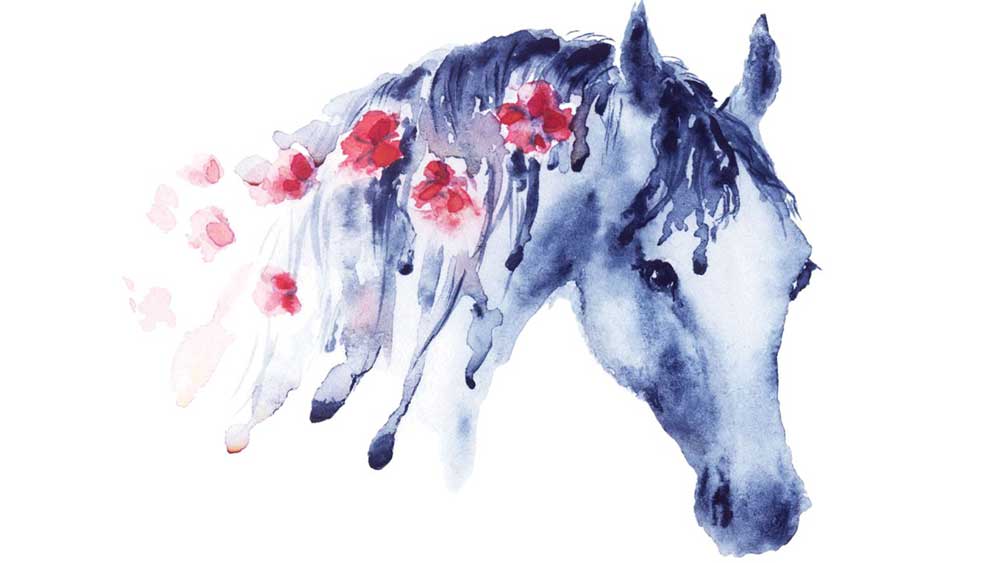
by Beth Main
Connecting with a horse builds relationship skills in people with ADHD — and helps patients feel comfortable in their skin.
Living well with attention deficit disorder (ADHD or ADD) means more than managing symptoms and getting things done. We want to feel good about ourselves, control our emotions, and have healthy relationships, too. One problem with traditional talk therapy and ADHD coaching is that each requires a level of self-awareness that not all patients have. How do you teach someone without a filter to be less impulsive by talking about it?
How to Develop Trust and Connectedness
Equine Assisted Psychotherapy (EAP) is different. It’s an experiential process in which clients interact with horses — with the guidance of a specially trained mental health professional and an equine specialist — instead of talking about their problems.
Natural Lifemanship is one model of EAP that is effective for treating ADHD. It is a trauma-informed approach based on neuroscience and the role of healthy, connected relationships. As it turns out, horses have a lot to teach us about relationships. They are highly selective about their interactions with humans. There must be trust and mutual respect.
In Natural Lifemanship, clients learn to regulate their body energy and pick up on non-verbal cues to build a relationship with a horse. This is the kind of thing that many people with ADHD struggle with. The horse provides immediate feedback to the client’s actions as other humans can’t or won’t do. Clients learn to control the chaos in themselves, then to control the chaos around them.
This is an excerpt from the full article which originally appeared on Additudemag.com and is published here with permission. Find out more about Therapeutic Riding and other topics in our section on Health & Education.

































